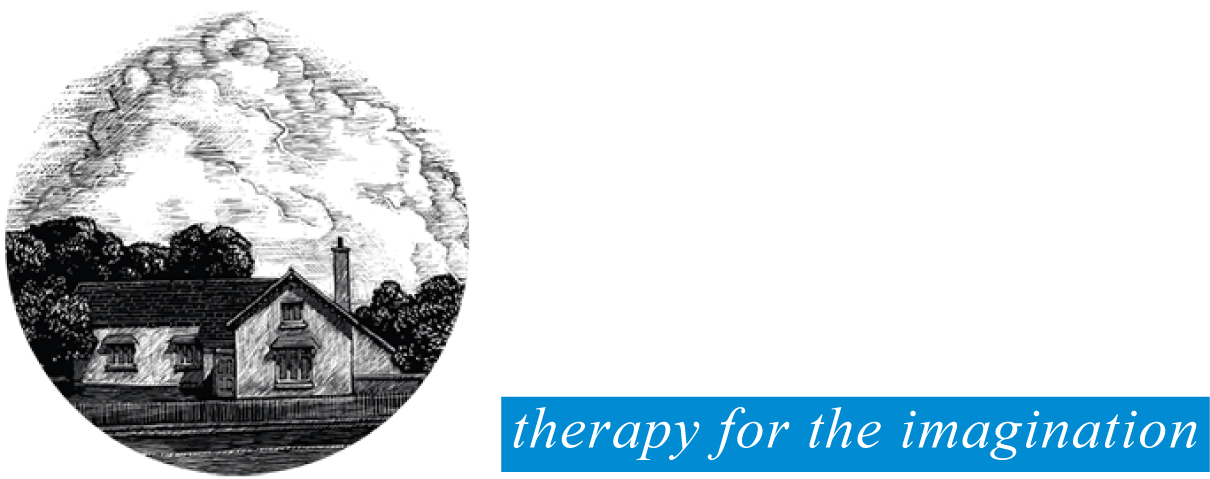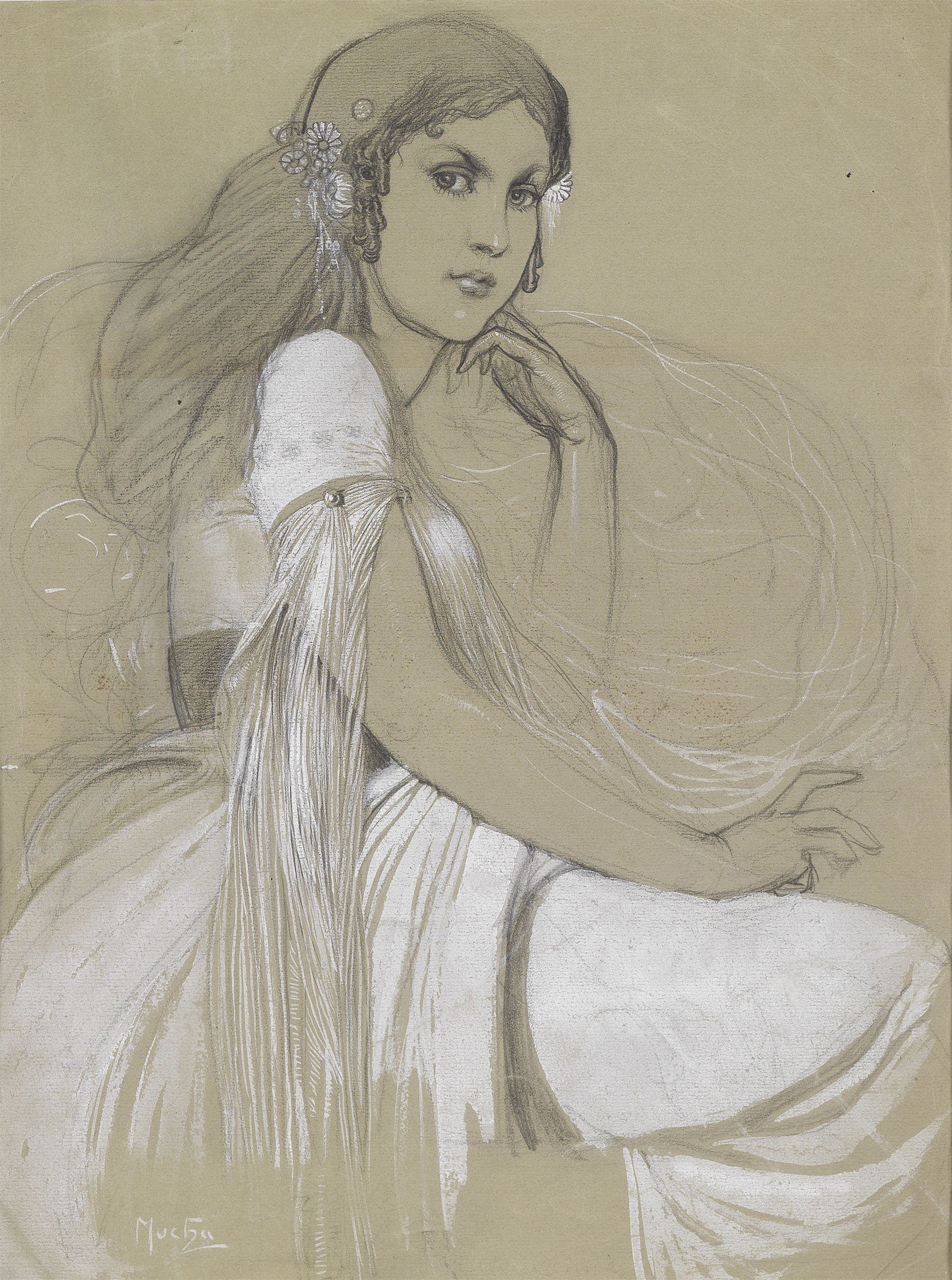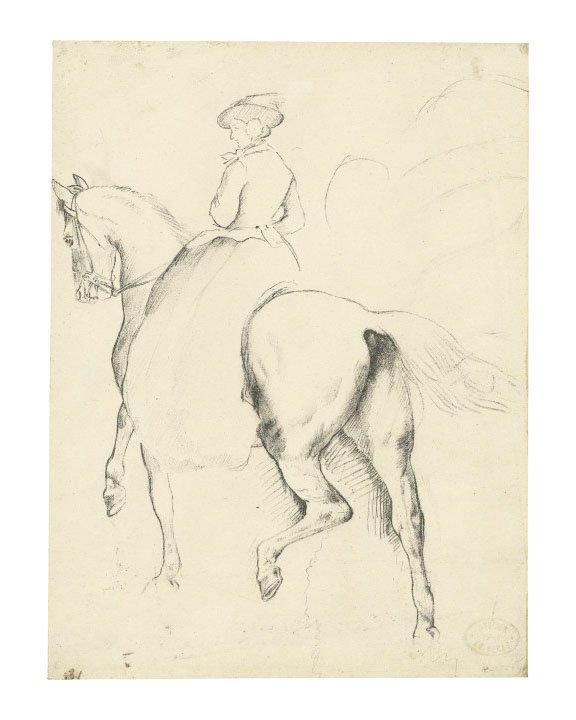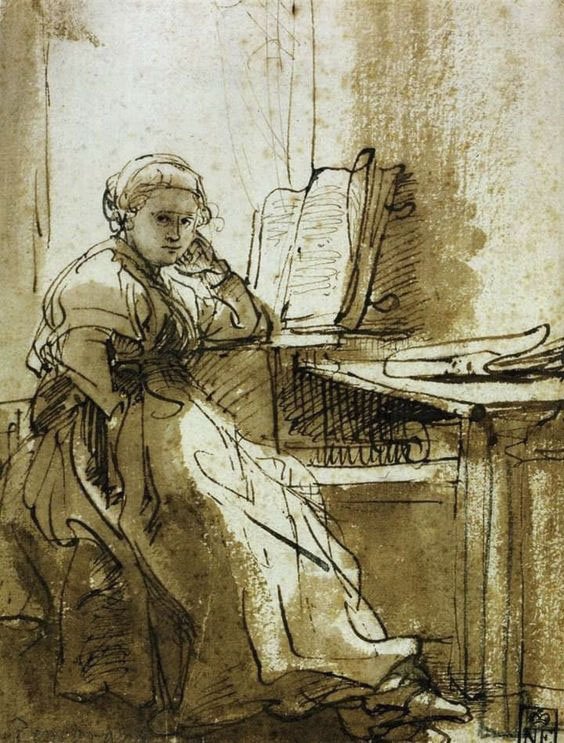Practical drawing techniques | VINCENT KEELING
WEDNESDAYS 2-5pm
6 WEEK COURSE
IN-STUDIO OPTIONS
€240.00
UPCOMING DATES:
September 6th - October 11th 2023
If this course is fully booked you can add your name to the waiting list HERE
ABOUT THIS COURSE
“So who’s this class for? Well it could be for a complete beginner, or indeed someone who already enjoys drawing or painting but often finds themselves frustrated half way through making their masterpieces only to discover, the proportions of that head or body or landscape or cat, are really not what they should be, and thus are forced to make some messy painful mid-work corrections. Or perhaps you’ve drawn something better than ever before, but then you realize crushingly it’s in the wrong place, and all would be well with the world again if only it was two inches to the right or left. I think we’ve all been there, but the good news is there are practical drawing techniques that can help us all reduce these frustrations. And that's what this class is all about, teaching those drawing techniques, and also trying to make sense of what can be a confusing space for beginners and more experienced artists to wrap their heads around.
At least it was for me for when I started studying this area I found all sorts of conflicting advice on the topic of drawing. Some teachers were all about flowing intuitive gesture lines, others more technical angles. Most advised that good drawing was all about focusing on just what you see, in terms of pure abstract shapes, whereas other eminent teachers said that it was impossible to truly draw something unless you understand its structure and form. We’ll take a look at all these ideas and approaches, and why they’re not really as at odds with each other as they might at first sound.
Another thing to note is that if you’re a painter like me, and you thought drawing is just what you do with a pencil, then think again; every time you make a brush stroke with vibrantly coloured paint, whether oils, acrylic, watercolour or digital, that is most definitely drawing too! And, the reason we don’t teach drawing with paint here, is that it’s nowhere near as efficient as learning with the humble pencil. There’s been lots of compelling evidence from neuroscience on this in recent years. Not on pencils that is, but on learning. And without boring you too much the upshot is that the rewiring of our brain necessary for learning, happens most efficiently from fairly short feedback loops that goes something like this: Observe a skill, try remember it, attempt it yourself, get feedback or assess what worked and what didn’t, and then try again.
I’ll help by doing little demos at the beginning of every class, and then during the class by circulating around the room casting my eye over your work to give you a few pointers, but also I’m hoping that the techniques we’ll be exploring will increasingly give you tools to check and correct your own work as well. And continuing with this theme it might be helpful to know that this class won’t be about long-form drawings of meticulous shading, where we’ll be working on the same piece for hours, days and weeks. That certainly has its place and value, but we'll be focusing most of our time on fairly short exercises; usually around the 5-20 minute mark; This will help us to learn as fast as we can, and cover lots of ground.
And because we’re working at a pace, the whole spirit of the class will be to create a safe space where mistakes are not only tolerated but actively expected and embraced, for without mistakes there’s no learning, and no rewiring of those stubborn neural pathways. And that means you’ll have to allow your teacher some mistakes and dodgy drawings too, for as well as being your guide, I’ll be in the trenches too, learning and trying to improve as we go.
Oh, another thing I haven’t touched on is what we’ll be drawing. Here my plan is to put together a whole bunch of digital images of drawings and paintings from some of history’s greatest artists. This will include some of the oldies like Michelangelo, Ruben, Rembrandt and Goya and then some more modern artists like Sargent, Sorolla, Monet, Toulouse Lautrec, Degas and Mucha so we don't feel like we're trapped in the very distant past. Most of these will be based around the human figure, but I will try mix it up a bit. And if you’re not all that keen to draw the human figure, it might help to know that drawing skills are transferable to any subject, and if you can get a handle on drawing that most challenging of subjects, the human figure, then all other subjects will soon bend to you will.
However, as I want this to be an inclusive class, if you prefer to bring along your own references of subjects dear to your heart, then that’s ok too. I would suggest it might help to attempt some images that we’ll make available as many of them will be chosen with particular lessons in mind, but won't insist.
I have taught many art classes over the years but this is a completely new course for me & the Schoolhouse for Art. I have thoroughly enjoyed putting this course together as it has allowed me to pull from all those dozens of books on drawing I’ve read over the years, the courses I’ve taken, and all my own struggles and discoveries along the way. What can I say, it's an excuse to allow my inner art-nerd to run with a subject I love, puzzle out strange connections linking diverse drawing techniques, and endeavour to make the class I wish I could have attended myself decades ago!
Thus, this is an invitation to come on this journey with me, and lets just say I’m hoping this first block of classes is only the beginning. “
Materials needed
A selection of pencils, I mainly use B,2B,3B,4Bs
Also nice to have a few coloured pencils, perhaps an orange or red from Primacolor
A putty eraser
A4 or A3 Sketchbook
Loose A2 sheets of either newsprint or cartridge paper, or both for large efforts.
Newsprint much cheaper but less durable, but fine for our purposes.
Compass; Preferably free flowing one, rather than one with a screw mechanism. This will be used as a quick measuring tool used sometimes to check proportions. A proportional or scale divider will also do the job.
References:
References from master artists will be provided digitally so working from a tablet would be ideal, or maybe a large phone would be ok too.
You could also work from some of your favourite art books or other reference images you want to bring along if that suits you better. Just nice to have a good mix as we’ll be aiming to draw quite a few sketches each lesson.
If you’re thinking of buying some books I find Dover books a good option, for even if the image quality isn’t top notch they have some great examples of the artists work, and books dedicated to just their drawings. And it doesn’t hurt that they are very affordable too.
Or Taschen editions that combine great writing, image quality and affordability.
And if all else fails the Schoolhouse has more than a few art books knocking around.
Meet vincent
Vincent Keeling is a Dublin born artist who has been painting with oils for almost thirty years. In this time Vincent has exhibited in numerous well known galleries on the Dublin art scene: Combridge Fine Arts, Sol Art, The Oisin Gallery, The Doorway Gallery as well as exhibiting at The Royal Hibernian Academy annual exhibition.
In addition to this Vincent set up and ran his own gallery from 2009- 2015 where he not only displayed and promoted his own work but that of many other well known Irish artists, including Jimmy Lawlor, Chris McMorrow, Sharon McDaid, Paul Kerr, Laura Mulligan, John Kirwan and Vincent’s former teacher Brian McCarthy. In these gallery years Vincent’s own painting took a back seat.
Since 2015 he has returned to his own work with renewed vigour and with a desire to not only continue his own learning, but also to build upon his art teaching career that began in The Keeling Gallery’s latter years.
For more details about how Vincent tutors and works click here www.vincentkeeling.com







